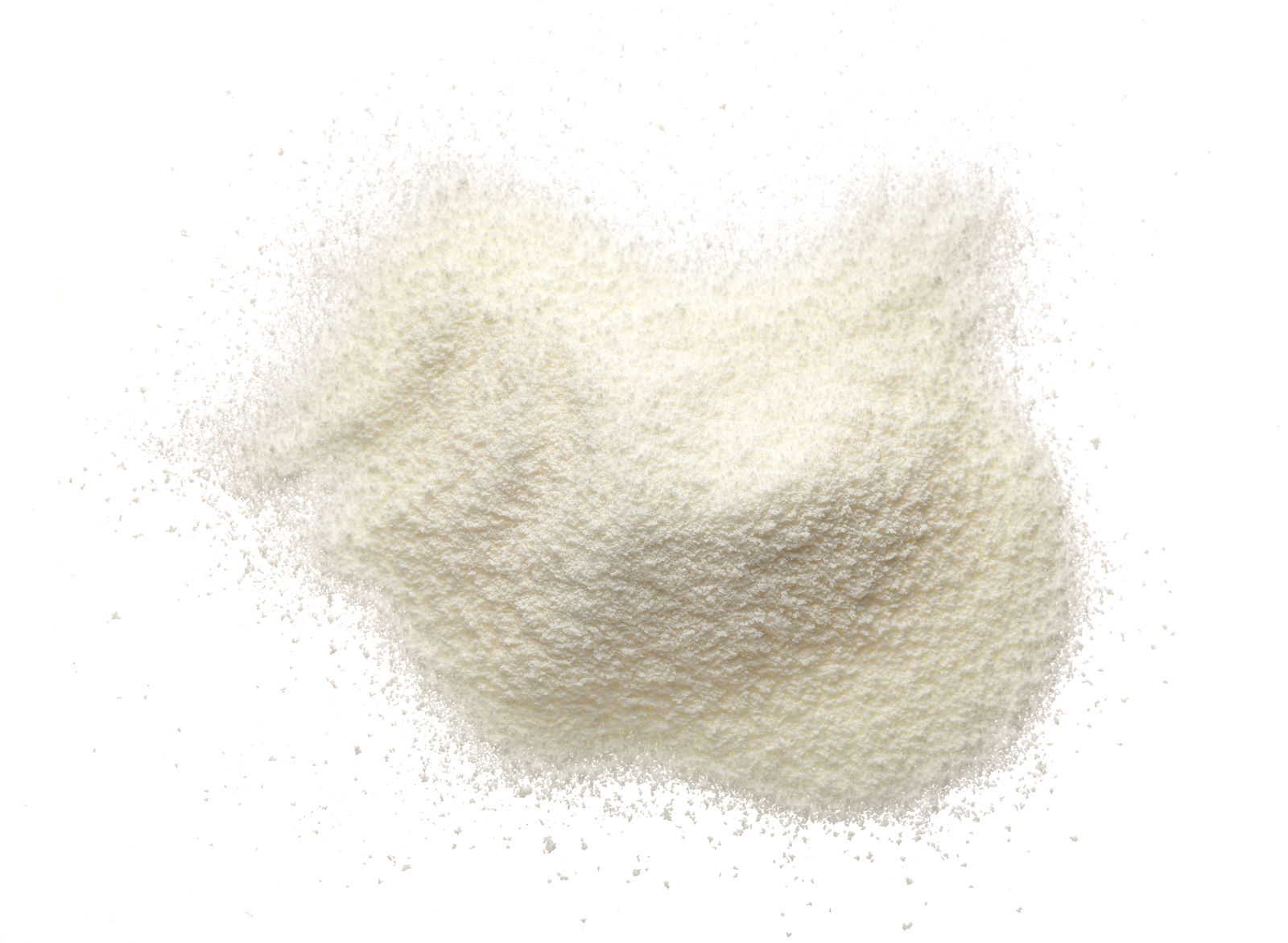Zinc oxide refers to a powdered mineral on the skin’s top layer that disperses; scatters; reflects; and, absorbs Ultraviolet (UVB and UVA rays). Sunscreens are normally produced with zinc oxide or non-nano zinc oxide as the only active ingredient. Of course many consumers will ask which one is effective and safer.
Zinc Oxide
To begin with, zinc oxide is a powdered form of mineral that gives the white appearance and thicker consistency to some sun screens. It is essential because it remains on top of the skin and acts as cover to block sun rays from the skin. Chemical sunscreens (oxybenzone, avobenzone and octinoxate) are absorbed by the skin. Some of these ingredients can cause the following:
- Rashes
- Dry skin
- Hormonal Issues
- Irregular menstrual periods
- Infertility
- Cancer diseases
Nano & Non-Nano Particles
Nano particles are smaller than 100 millimeters. That is why a single particle is measured in nano meters. One nanometer equals one-billionth of one meter. The nano particles are easily absorbed into the bloodstream. Free access to the body leads to DNA mutation and possible death of cells. These can even penetrate cell walls as well as organ tissues which have adverse effects. The non-nano and non-micronized zinc oxide particles are bigger with the size bigger than 100 nanometers. It cannot penetrate the skin making it safer. Besides, the non-nano zinc oxide has several benefits for the skin.
Benefits
- Wide range of sun protection that spreads out the sun rays which are UVA 1 and 2 as well as UVB rays.
- Protection against sunburn; skin damage and dark skin spots caused by ultraviolet rays; and, skin cancer.
- It serves as efficient anti-aging vehicle.
- It reduces skin swelling or irritation due to allergies and rashes.
- It is tolerated even by sensitive skin.
- It also decreases inflammation because of common skin disease called Rosacea.
- Non-nano zinc oxide helps treat acne and controls the production of sebum or oily secretion.
- It creates a wall that locks in moisture or humidity.
- This zinc oxide helps enzymes support the production of collagen or connective proteins.
What is wrong with nano particles? It is said to cause damage to the lungs once inhaled. Breathing of said particles is hazardous because the lungs find it difficult to clear tiny particles that can be transmitted from the lungs to the bloodstream. Insoluble articles break through the lung tissues causing widespread organ damage. At the same time, nano particles in sunscreens can be ingested and impair the gastrointestinal (intestines and stomach) tract.


Leave a Reply